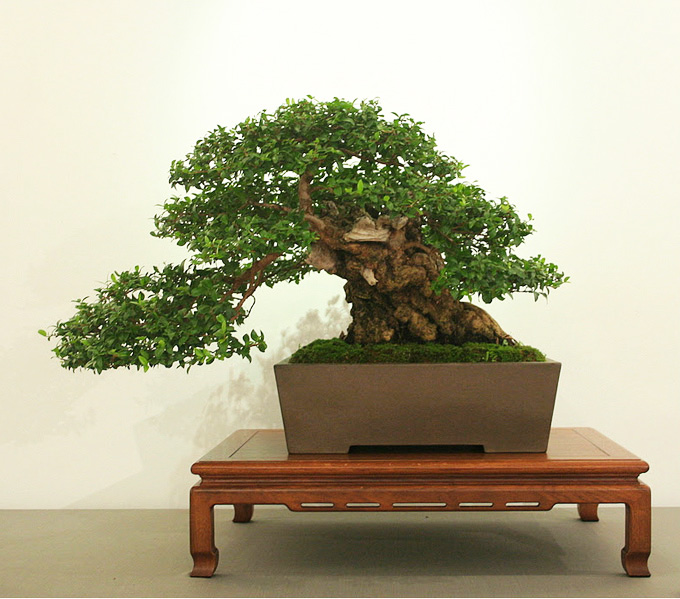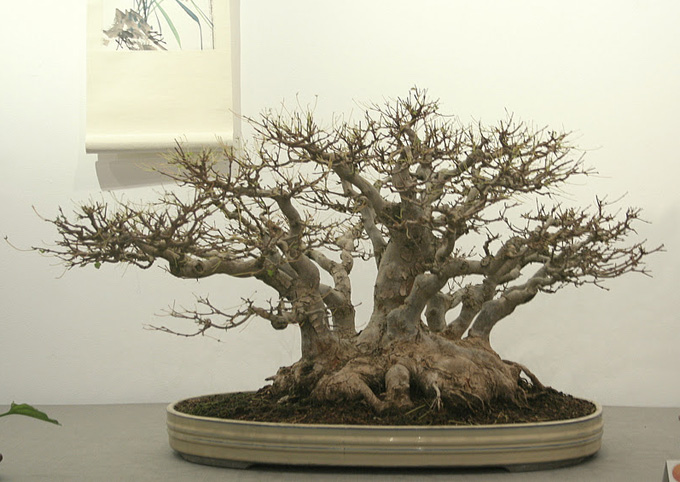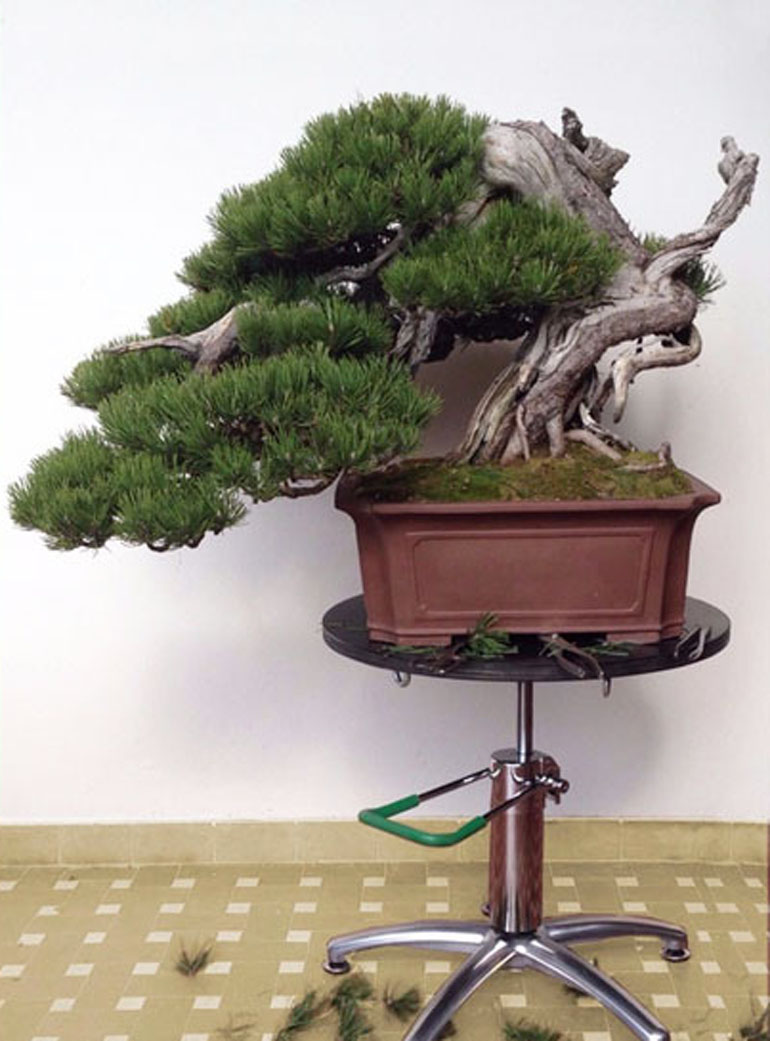This Cryptomeria japonica is reminiscent of the unimaginably vast and towering Giant sequoias in California's Sierra Nevada. This effect could be enhanced by photographing it from a little lower (see the photo below), but you still get the drift.
Back very late last night from vacation, so we’ll revisit our archives one more time. This one was originally titled Quiet Dignity (July, 2011).
What great trees. The one above is from Michael Hagedorn’s Crataegus Bonsai. You seldom see a real good formal upright bonsai and you don’t see many good Cryptomeria bonsai either. Especially in the West (as you might expect, they are more common in Japan). Their common name in English is Japanese cedar, even though they’re not really cedars (but then all kinds of trees that are called cedars, aren’t really).
In Michael’s own words “This cryptomeria was one of the standout trees in Boon’s backyard when I studied with him ten years ago. He’s been maintaining it for years. It was originally styled by Mitsuya during one of his visits to the states in the early 90s, and is the most significant cryptomeria I’ve seen in the United States. It’s about a meter tall, and has been developing as a bonsai for about twenty years….” For the whole story, visit Crataegus Bonsai.
Another dignified formal upright. The one is a legendary Japanese white pine and is perhaps the most famous formal upright bonsai in the world. If was restyled by Masahiko Kimura (The Magician) just before this photo was taken in 1997. It appears in our book: Pines, Growing and Styling Japanese Black and White Pines.
25% off Book Sale ends tomorrow (Sunday) night
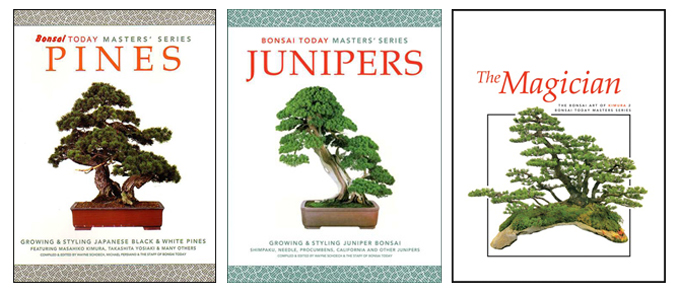 both of our wire sales also end Sunday night
both of our wire sales also end Sunday night
at 11:59pm EDT

25% off 500 gram rolls of Bonsai Wire
20% off Copper Bonsai Wire
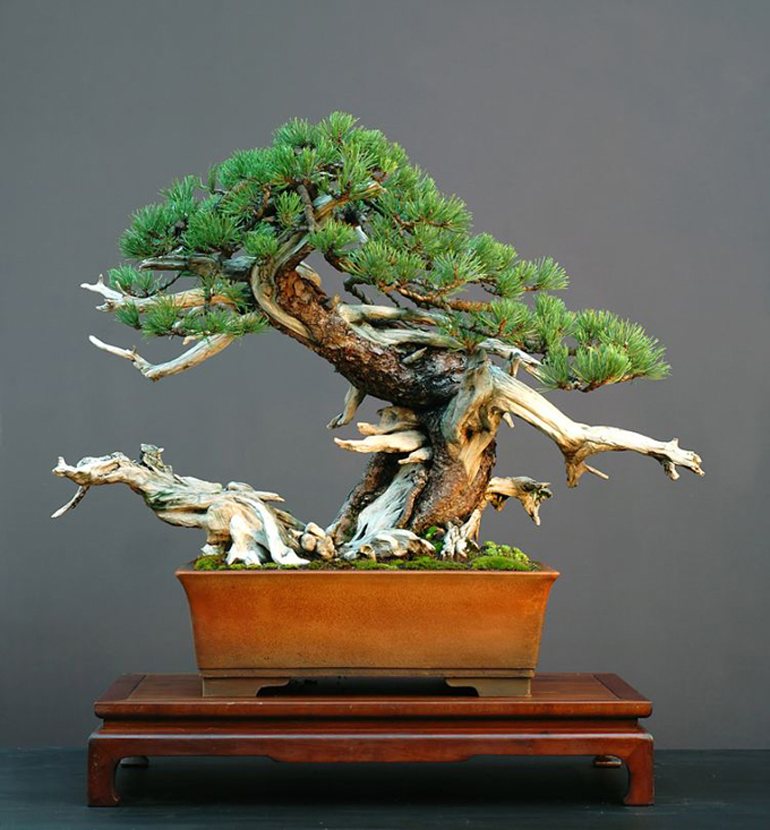
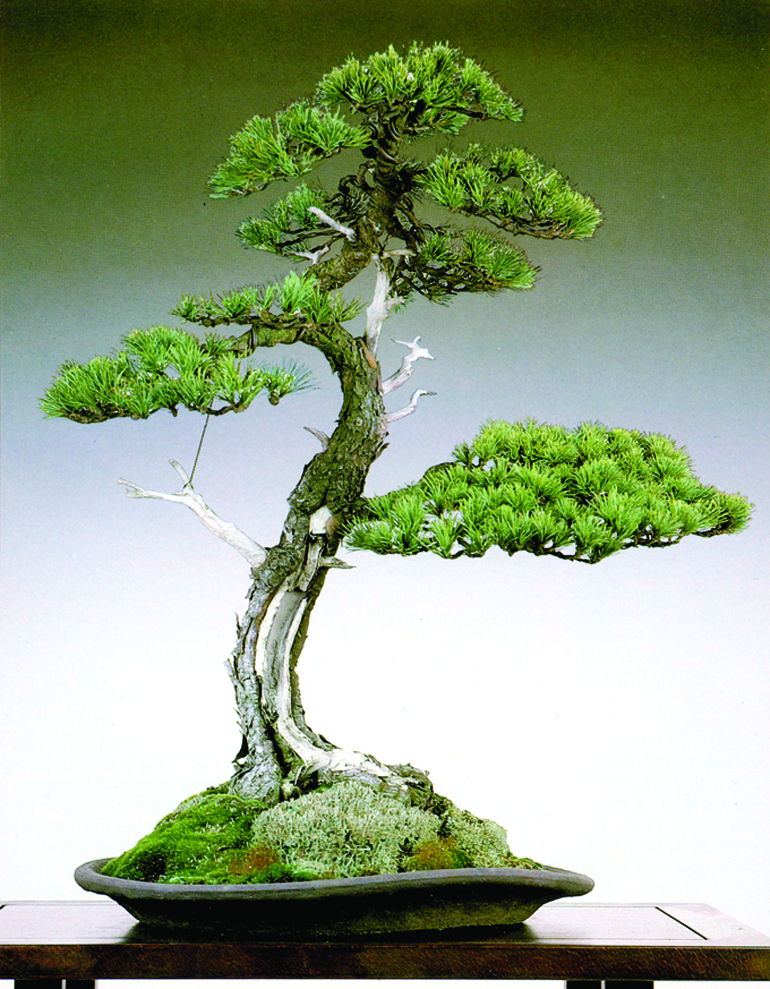 Would you remove the first branch? The more I look at this tree, the more I like it. It's a Japanese white pine by Susumo Sudo. Even though it doesn't sport a heavy truck, there are several other features that lend an aged feeling; not the least of which are its rugged bark and natural looking deadwood (particularly the see-through shari). It's from our
Would you remove the first branch? The more I look at this tree, the more I like it. It's a Japanese white pine by Susumo Sudo. Even though it doesn't sport a heavy truck, there are several other features that lend an aged feeling; not the least of which are its rugged bark and natural looking deadwood (particularly the see-through shari). It's from our 
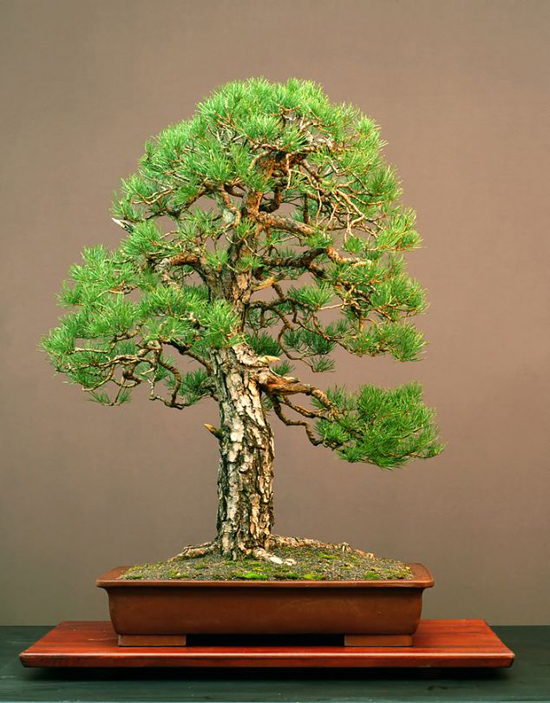
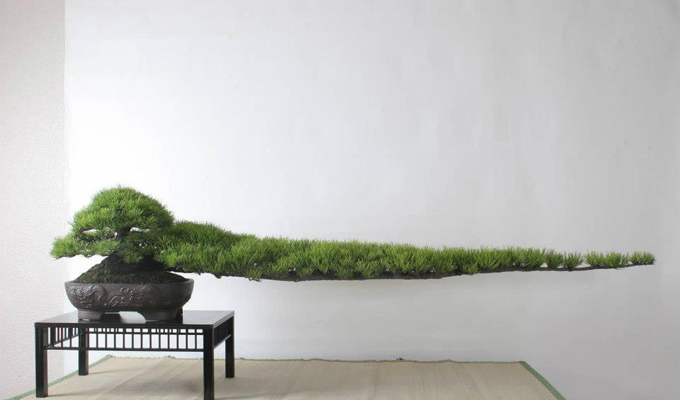

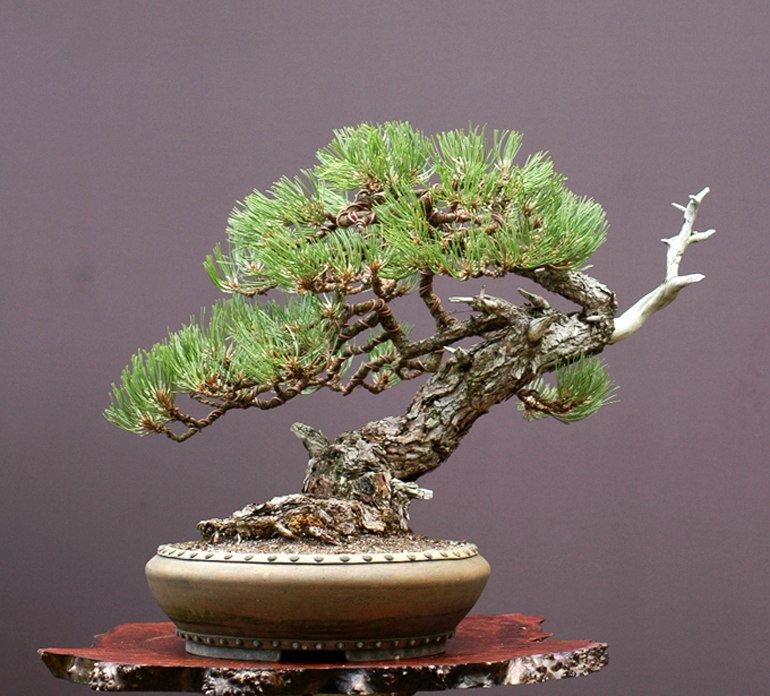 This Ponderosa pine was no doubt collected somewhere in western North America and exported to Europe. Europeans are lucky in that regard; it's relatively easy for them to import plants from around the world. Here in the U.S. restrictions are much more onerous. The tree belongs to (or belonged to?)
This Ponderosa pine was no doubt collected somewhere in western North America and exported to Europe. Europeans are lucky in that regard; it's relatively easy for them to import plants from around the world. Here in the U.S. restrictions are much more onerous. The tree belongs to (or belonged to?) 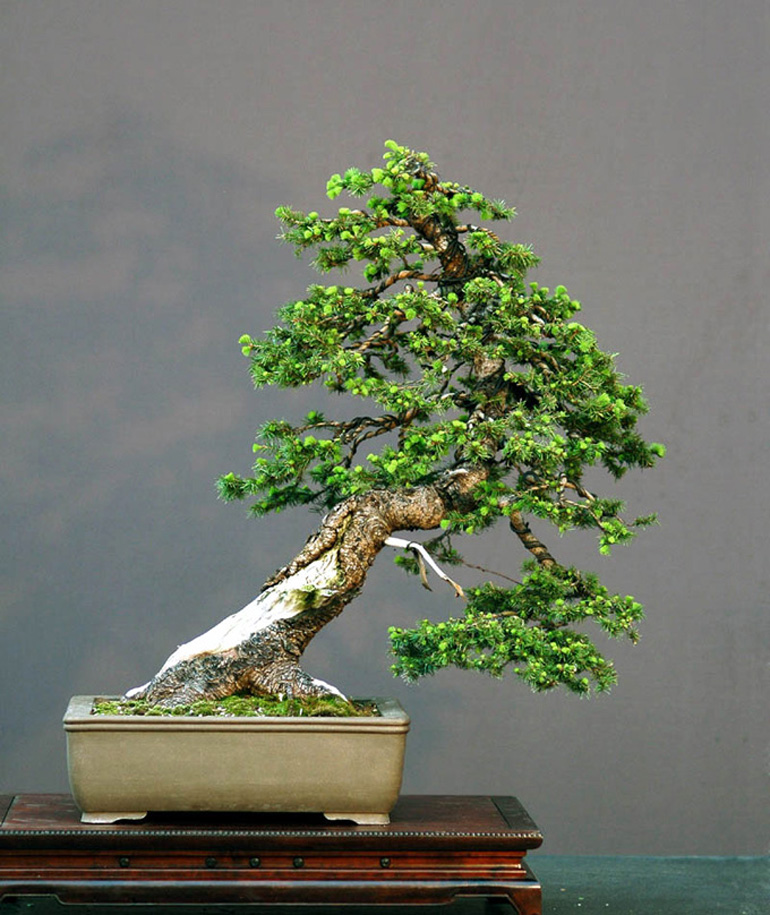 Some of Walter's best trees are Norway spruce (Picea abies) and this one is no exception.
Some of Walter's best trees are Norway spruce (Picea abies) and this one is no exception.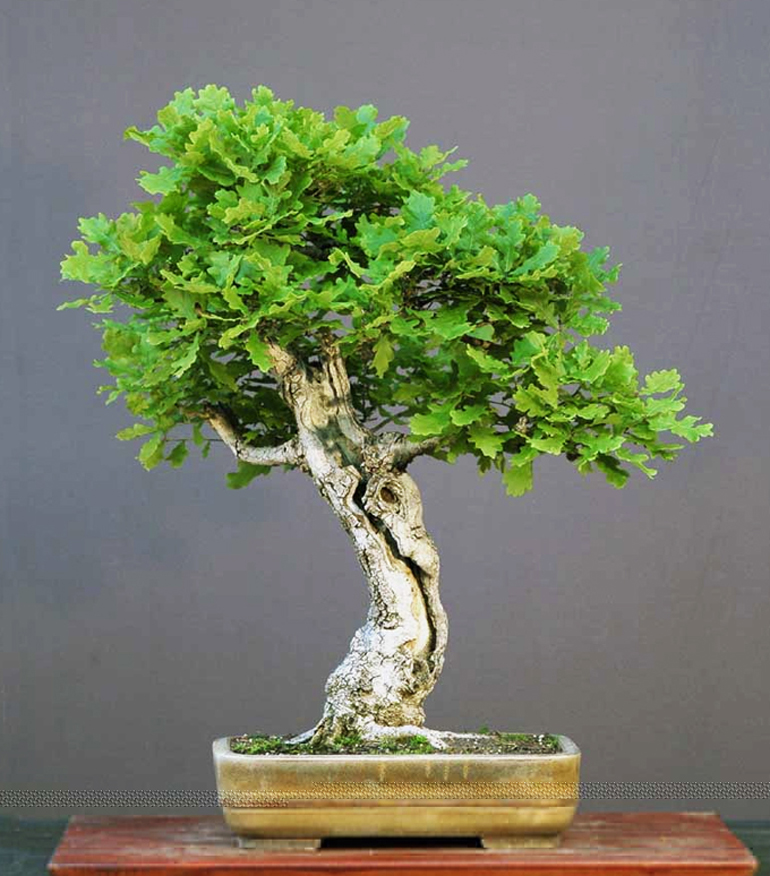 A trunk that's full of character never hurts. It's an English oak (Quercus robar).
A trunk that's full of character never hurts. It's an English oak (Quercus robar).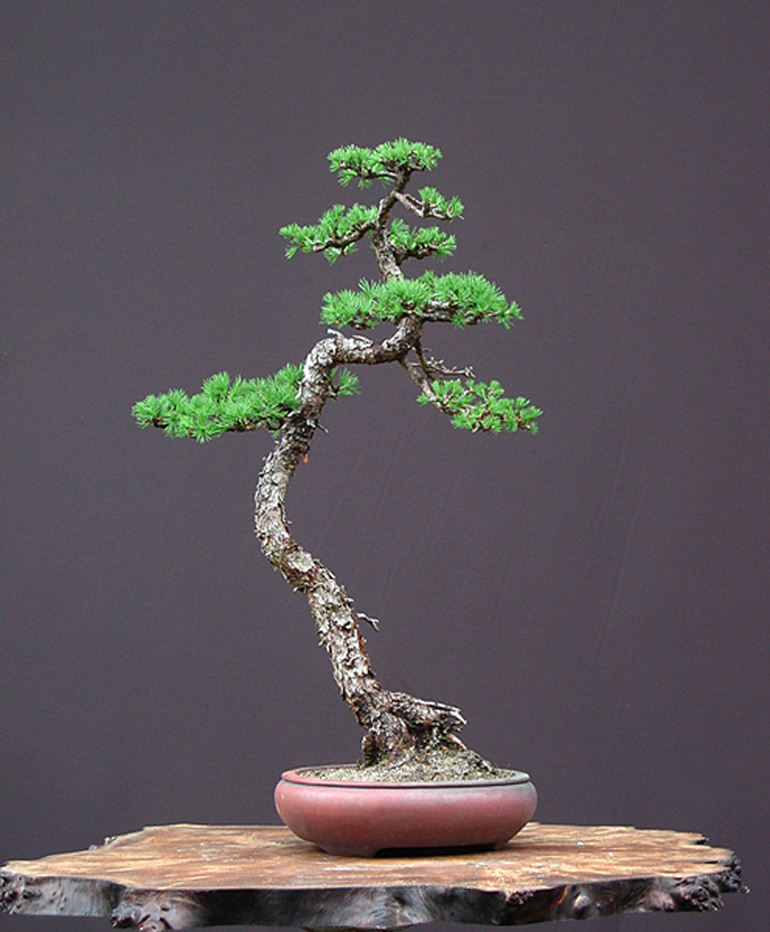 Simple elegance and shaggy bark. I don't think you'll find such perfect Bunjin (Literati) bonsai growing just anywhere. It's a European larch (Larix decidua). The pot is by
Simple elegance and shaggy bark. I don't think you'll find such perfect Bunjin (Literati) bonsai growing just anywhere. It's a European larch (Larix decidua). The pot is by 
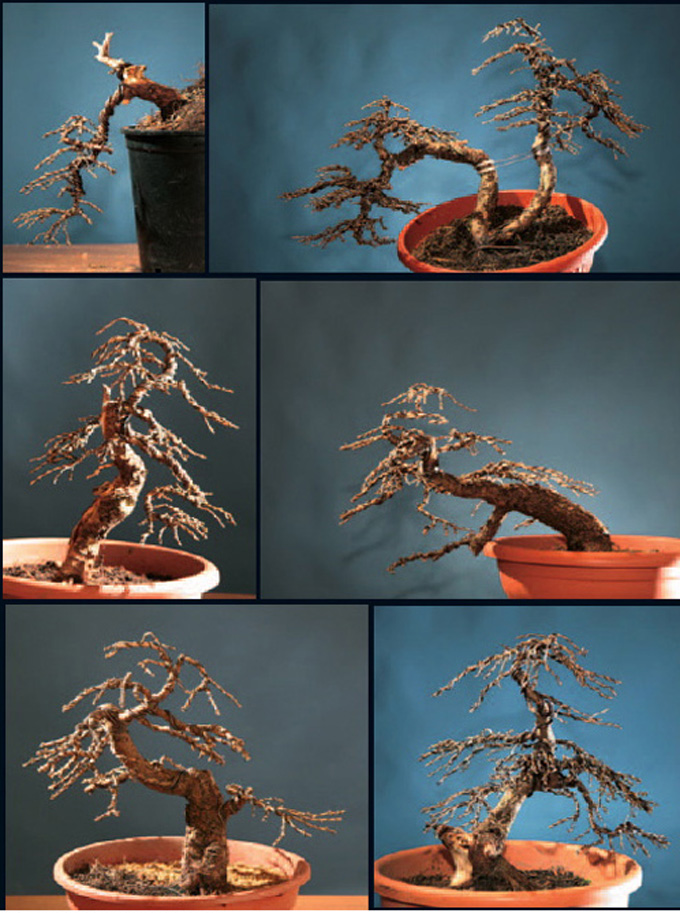
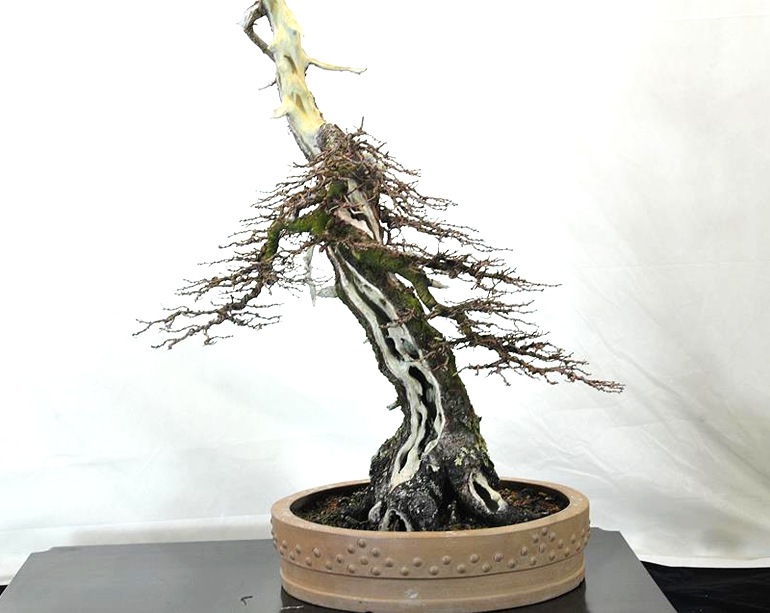
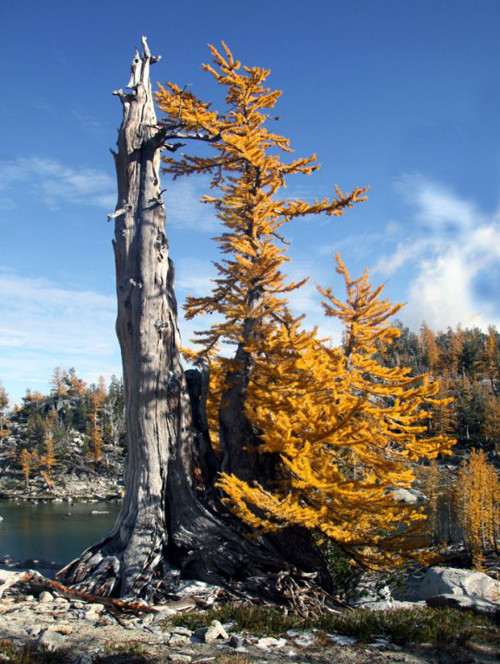 Inspiration for your bonsai. Here's something from
Inspiration for your bonsai. Here's something from 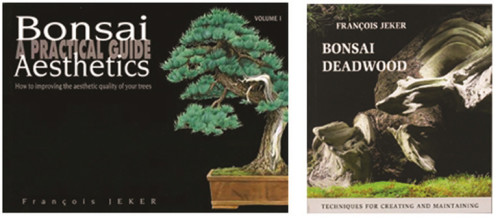 If you'd like to dig into aesthetics and techniques for superior bonsai, check out
If you'd like to dig into aesthetics and techniques for superior bonsai, check out 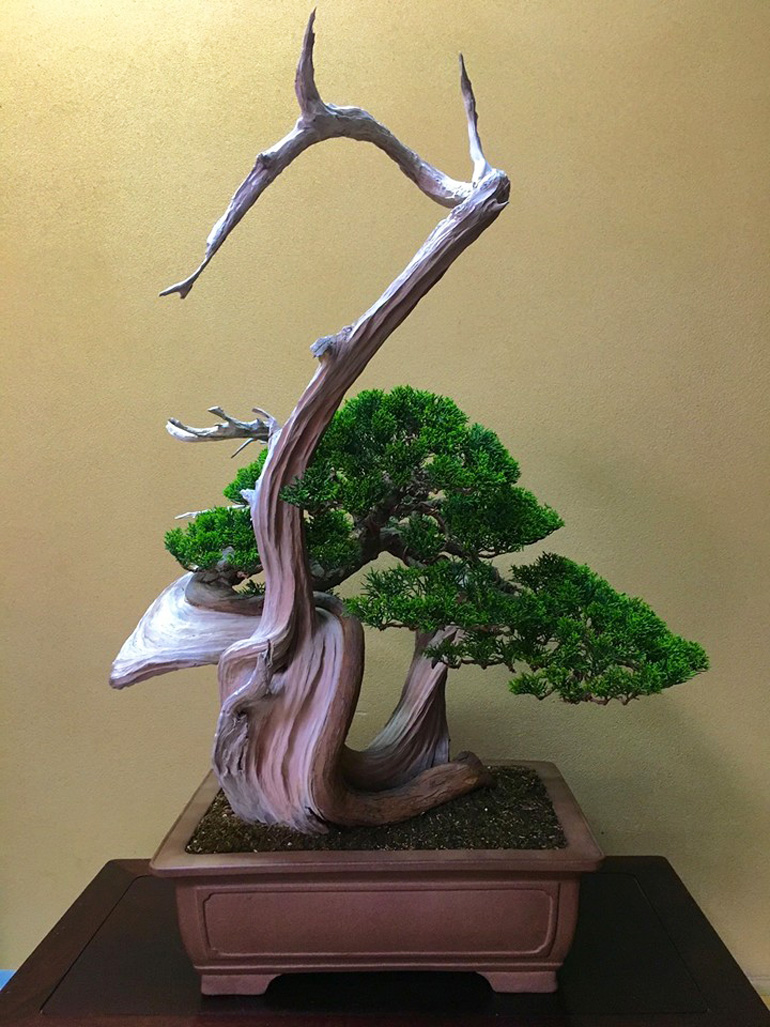
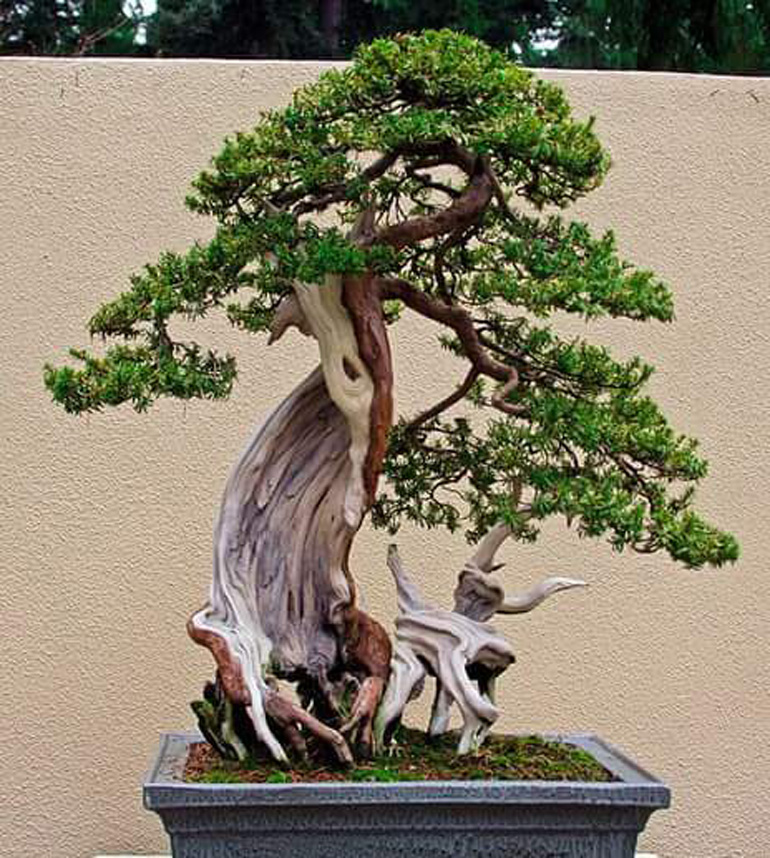
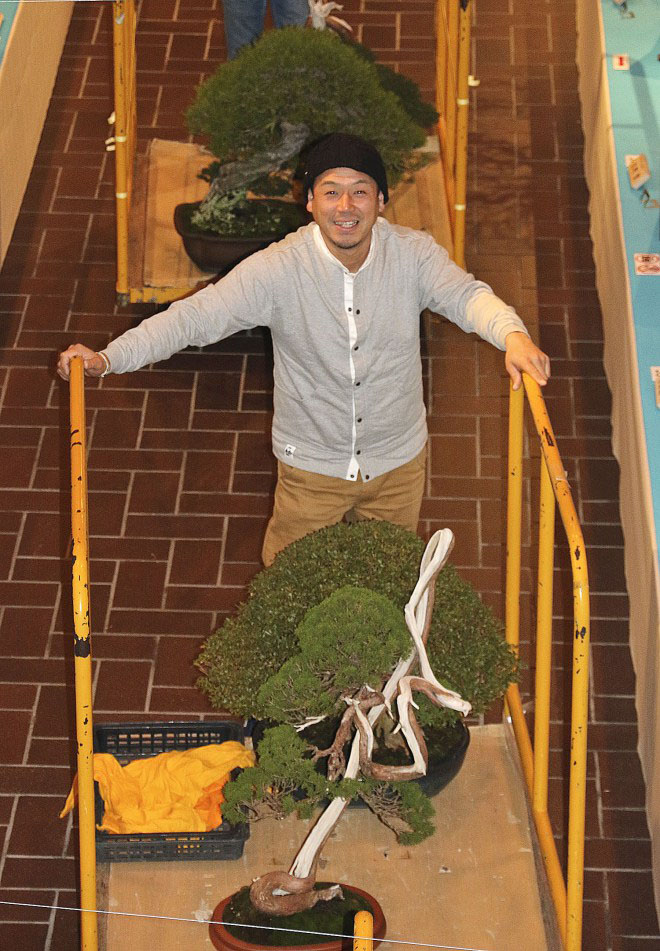


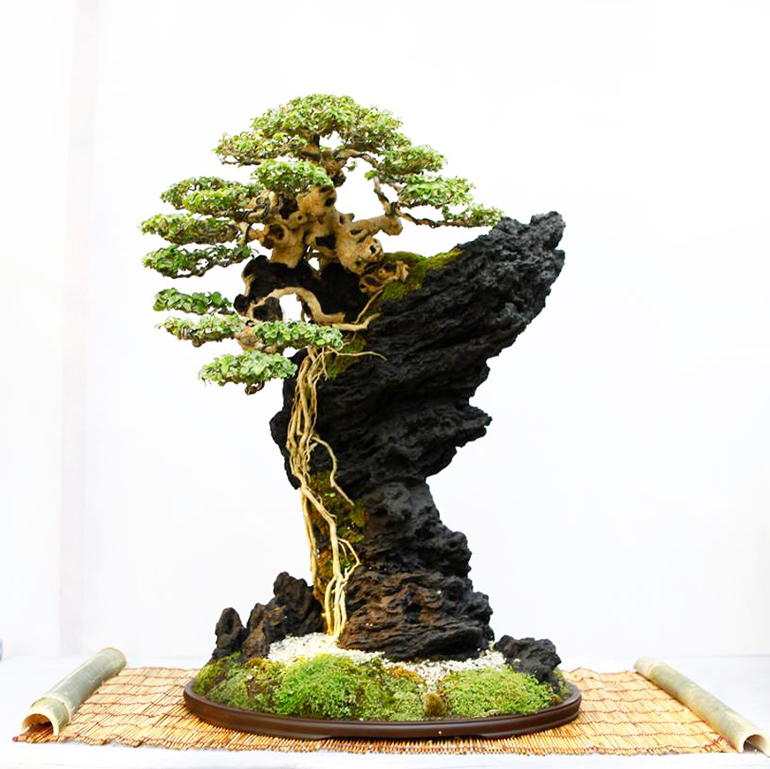
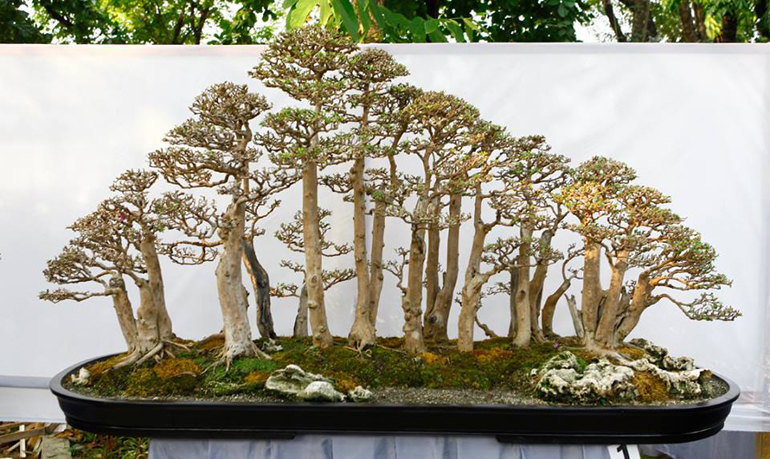
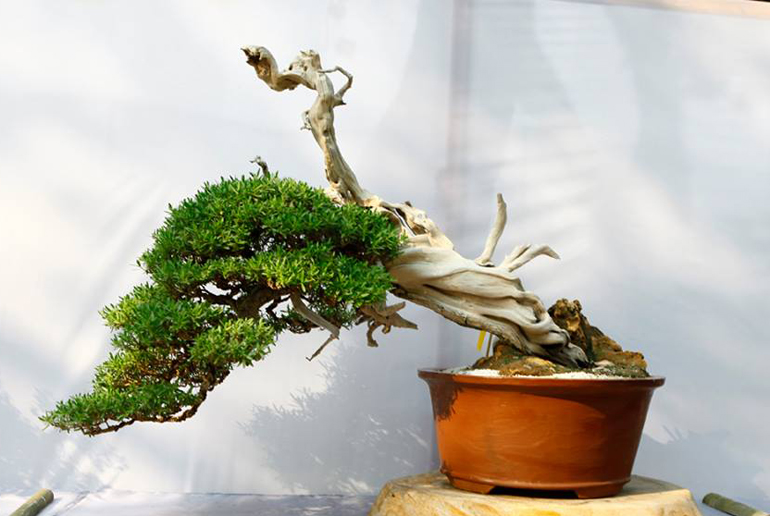
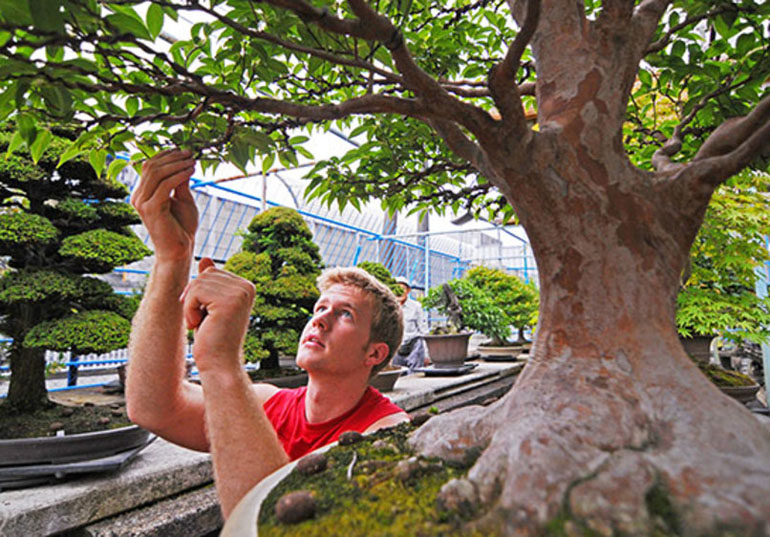
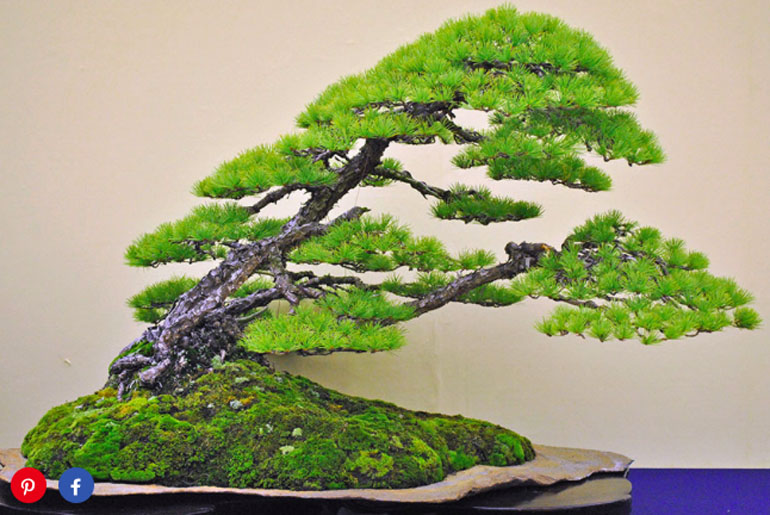
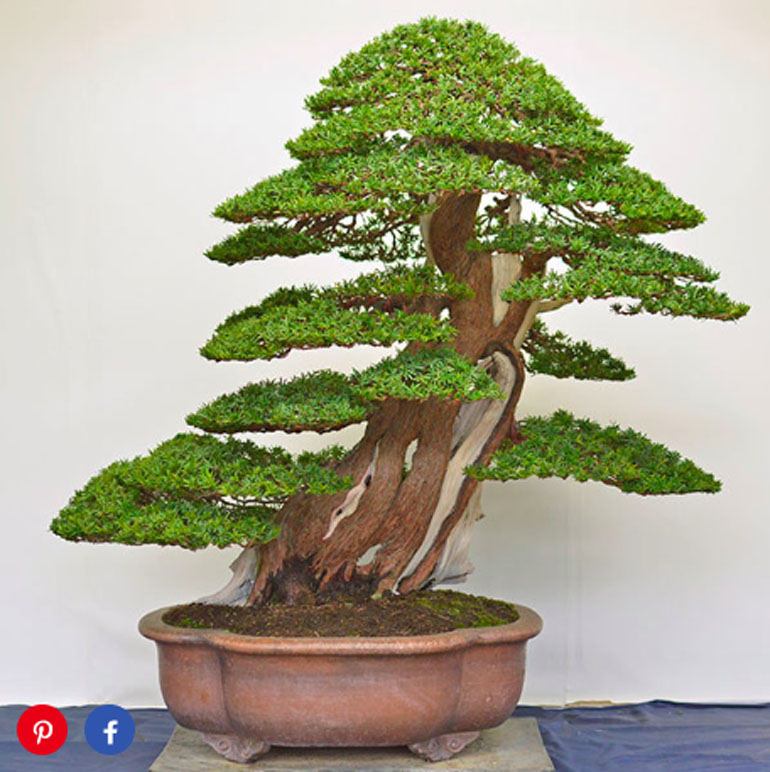
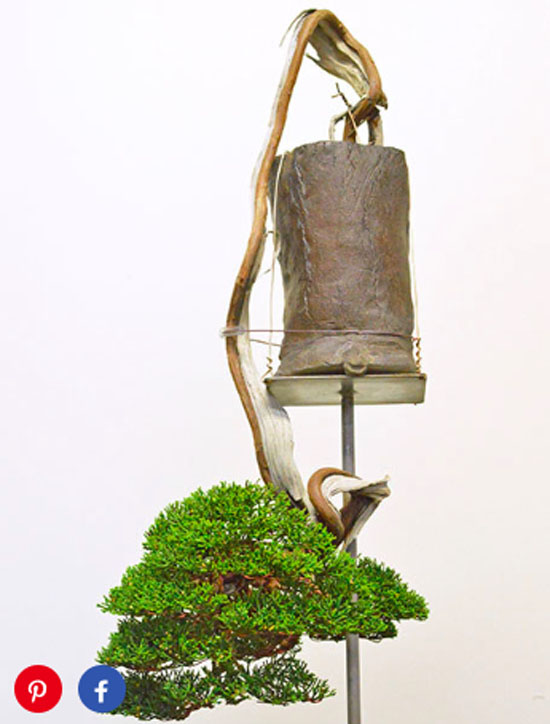
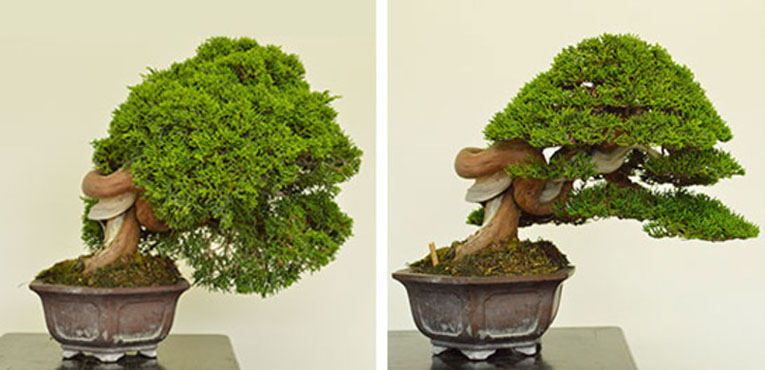
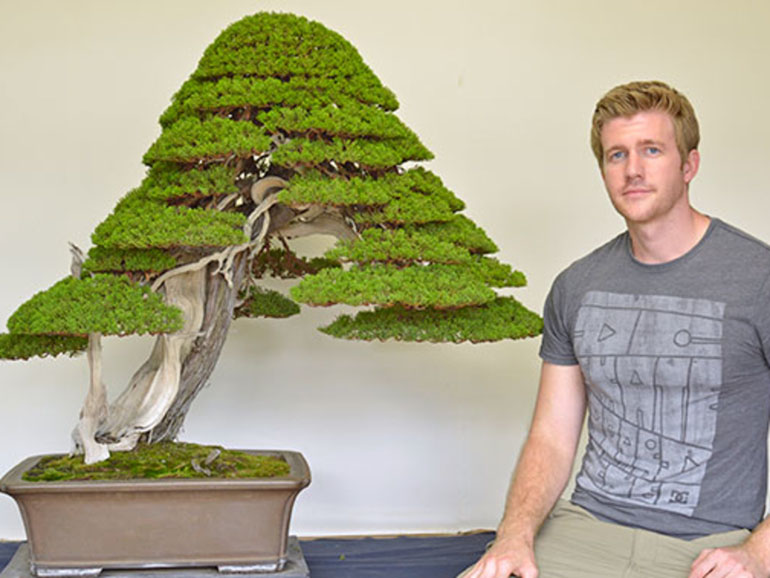

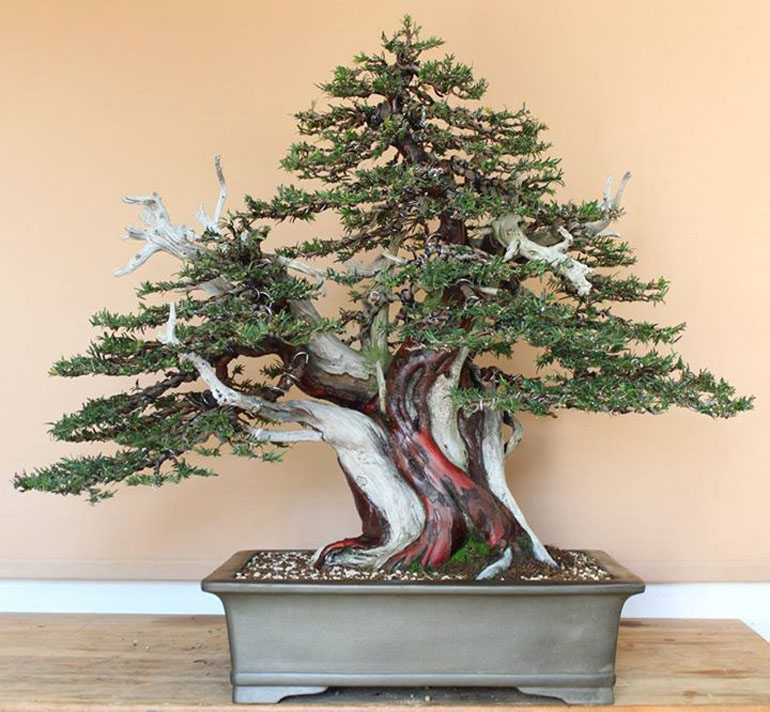
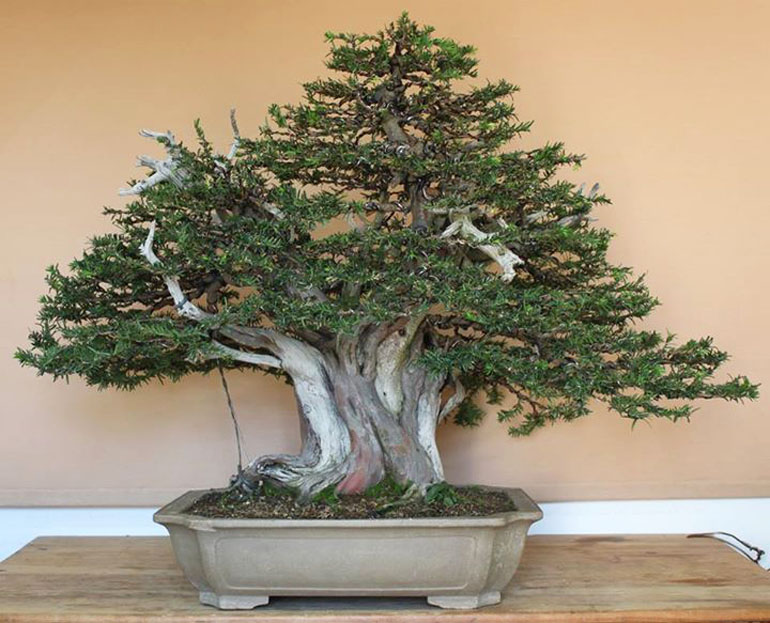 Before. Already a very impressive bonsai. Just needs an expert hand to bring out its best.
Before. Already a very impressive bonsai. Just needs an expert hand to bring out its best.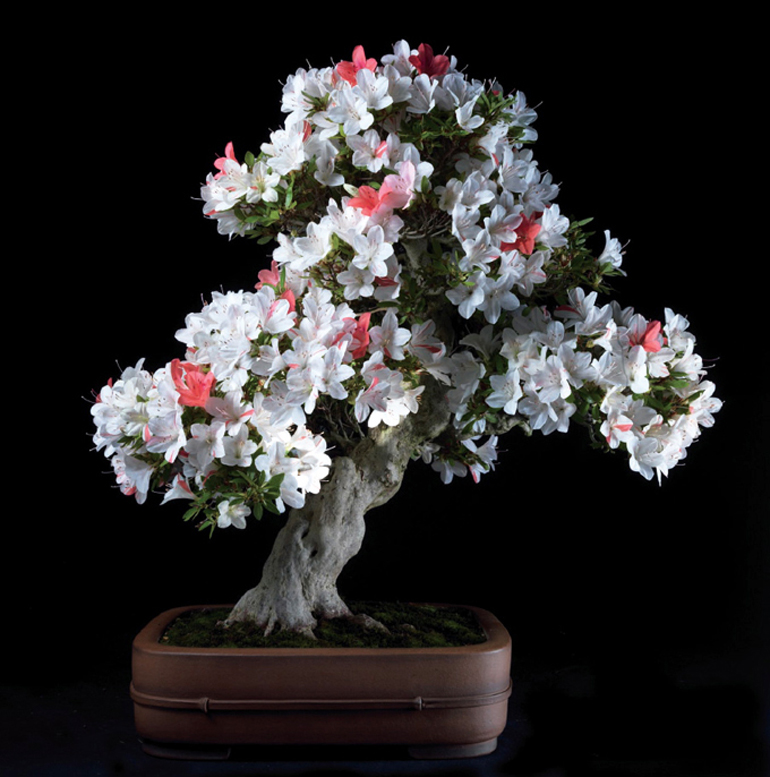
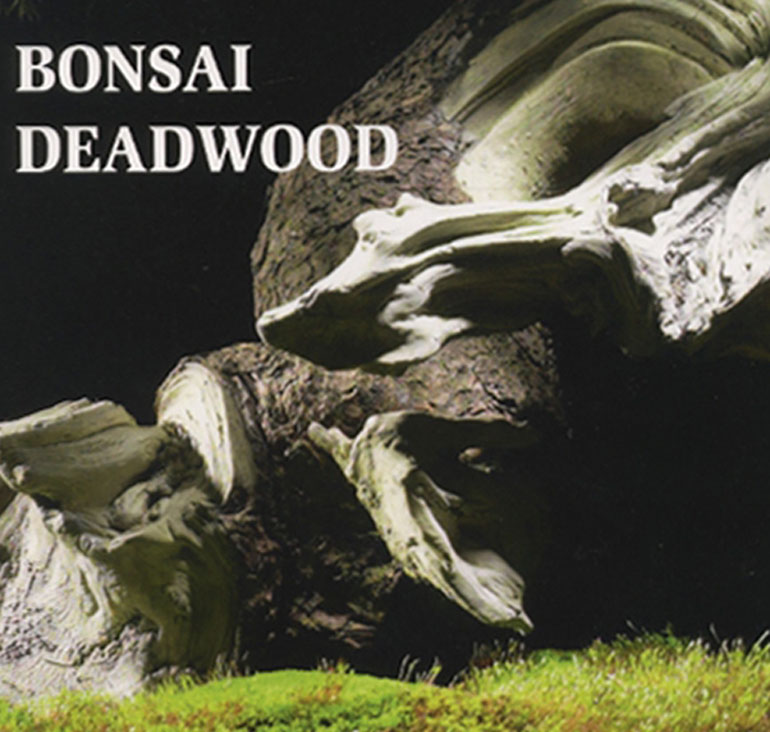
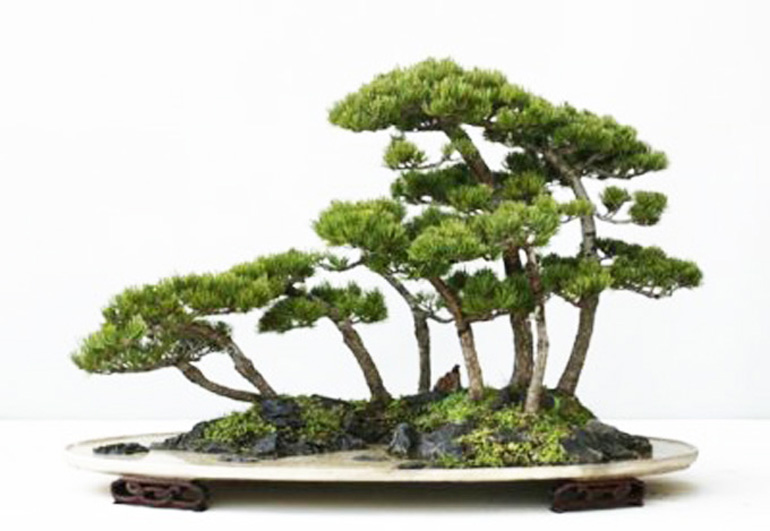
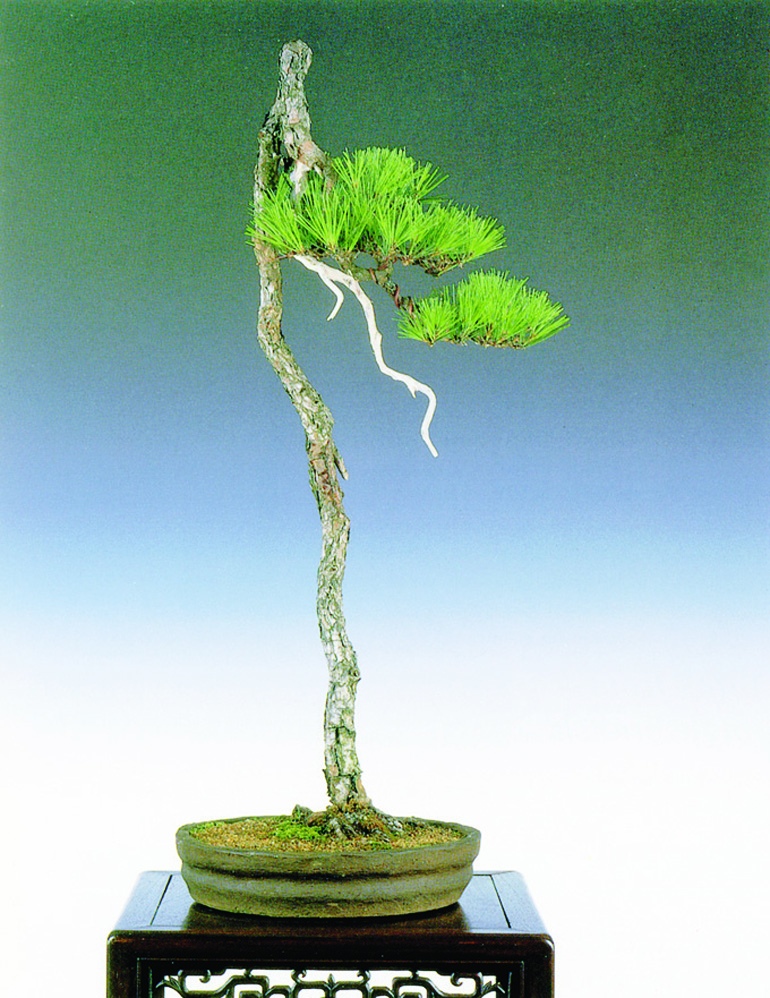
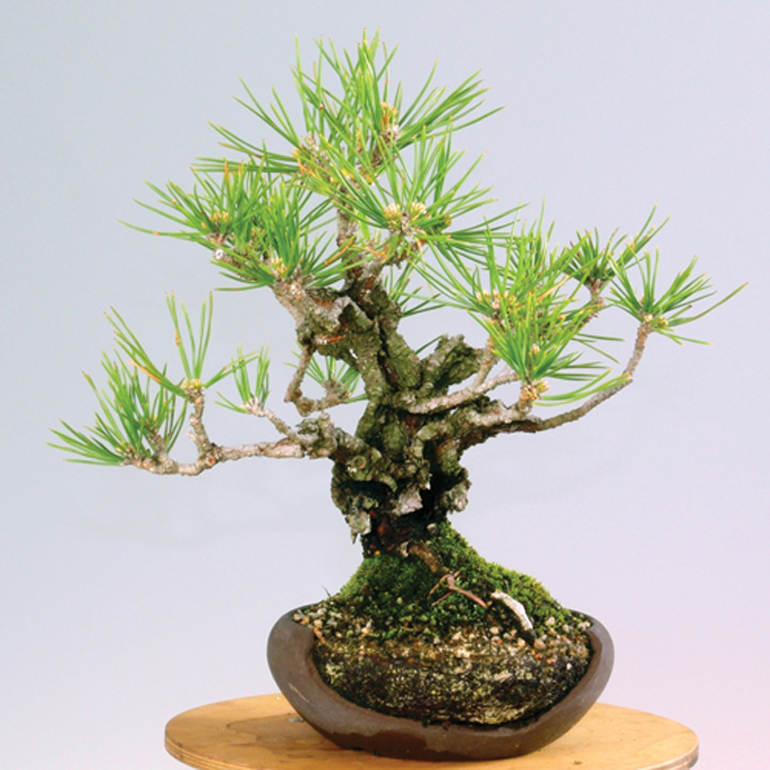
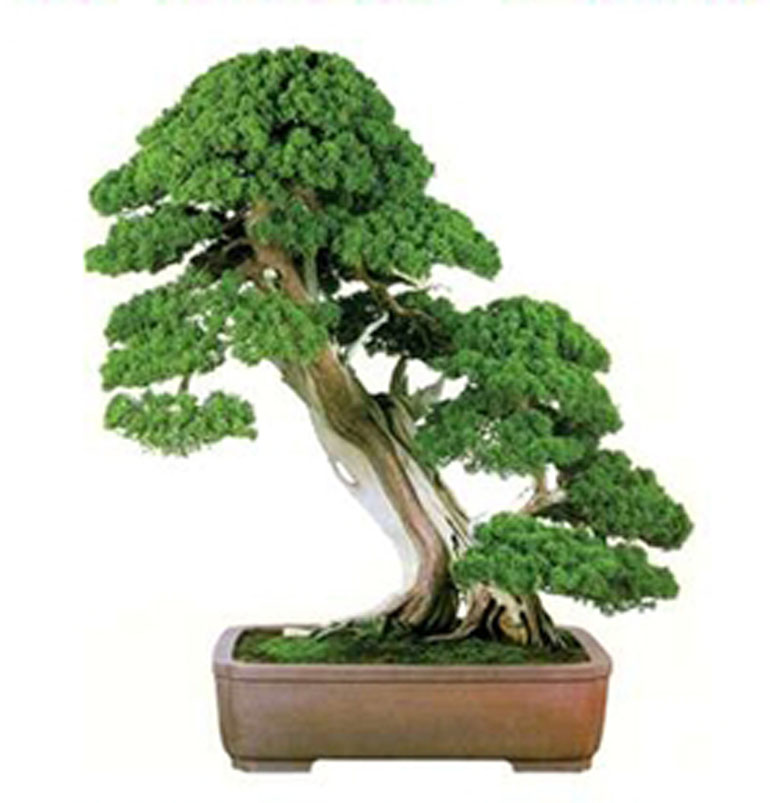
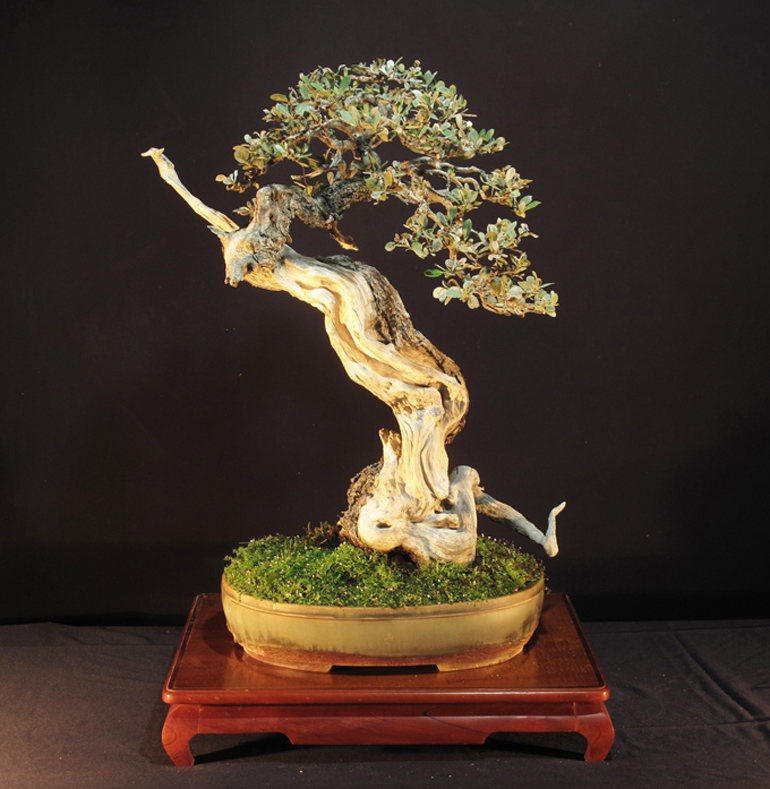
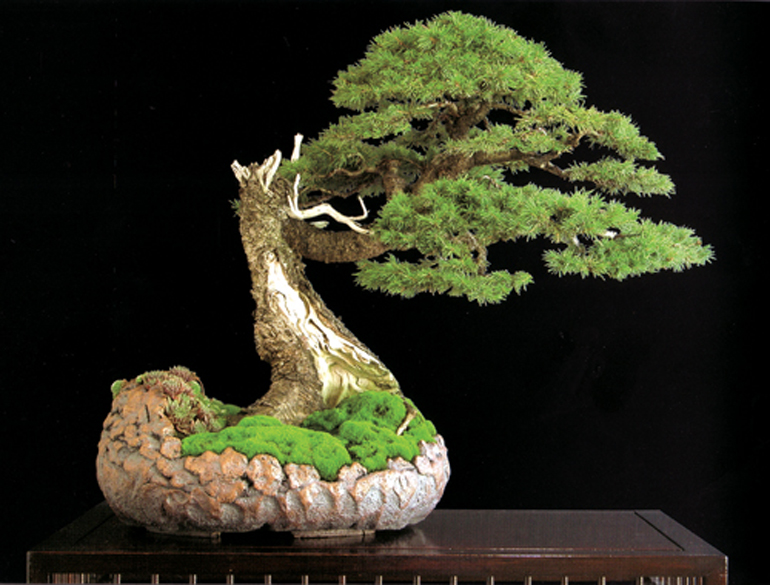
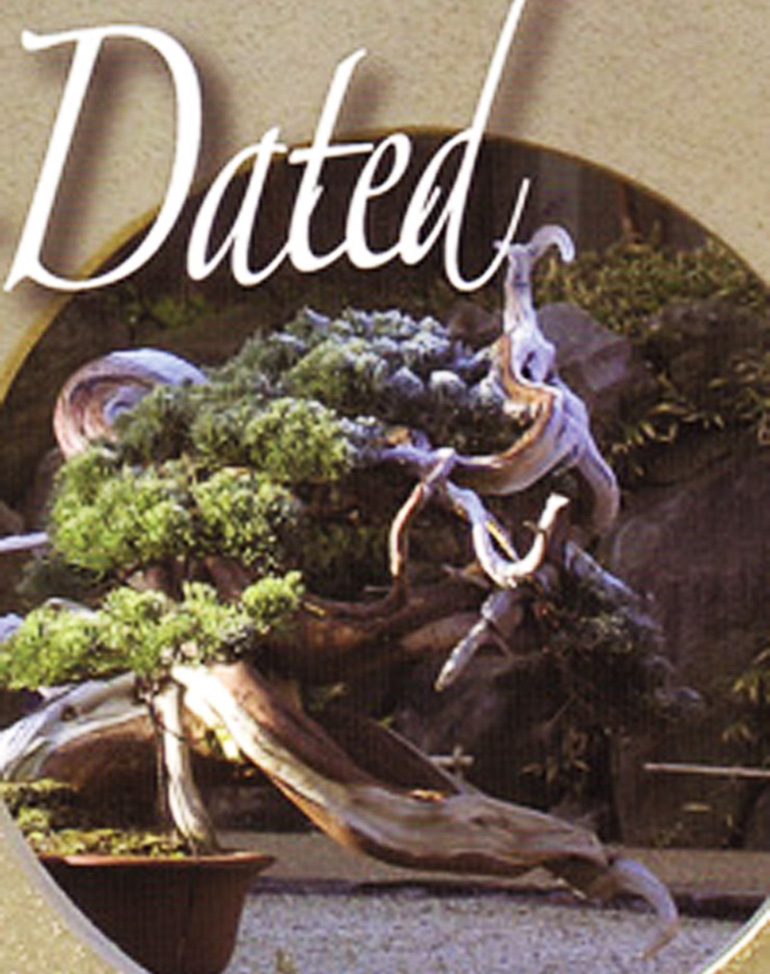
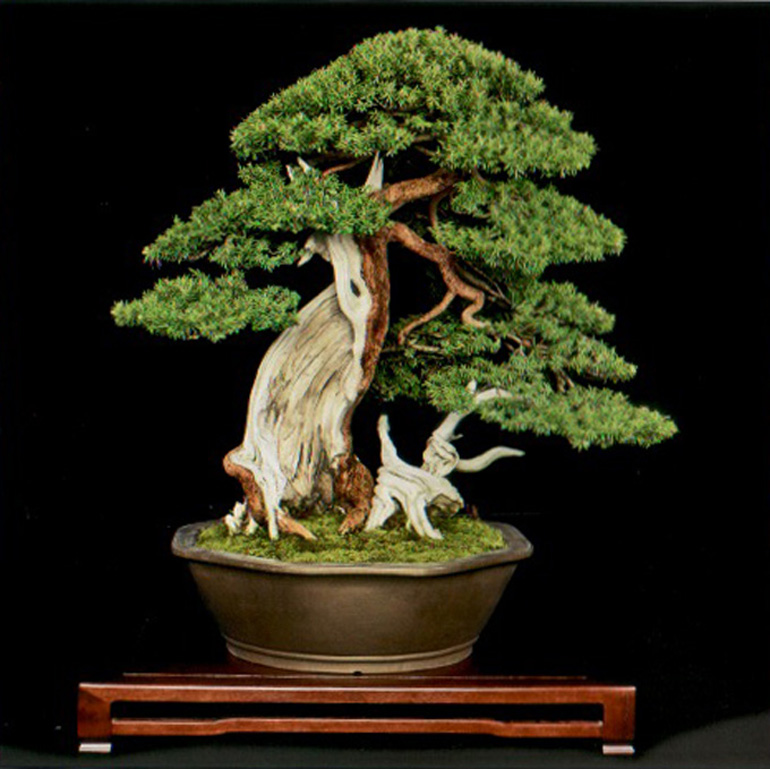
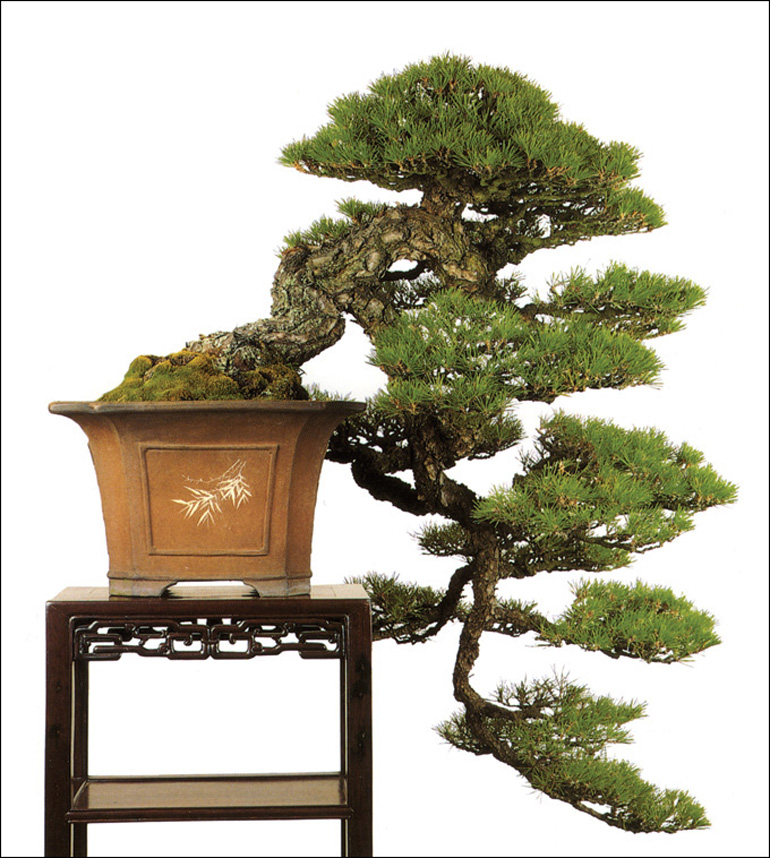
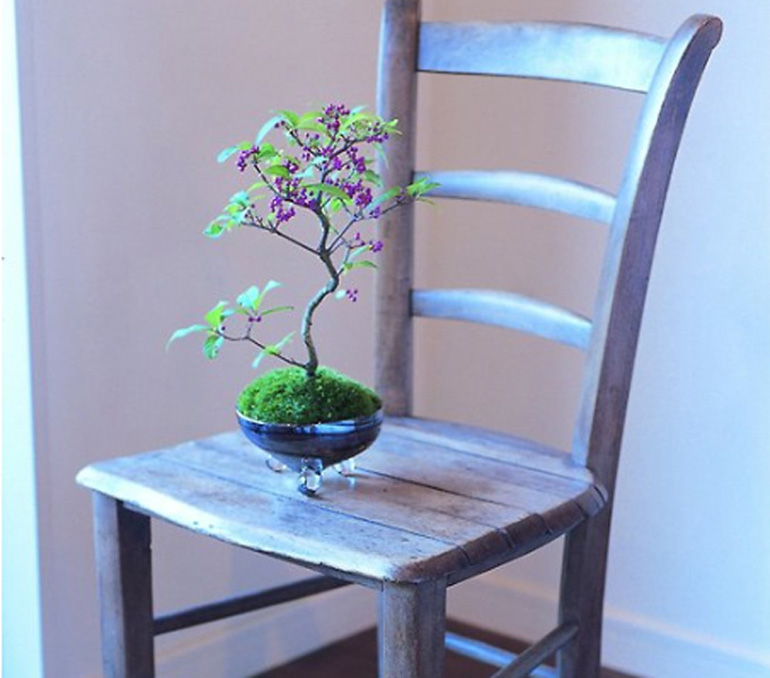
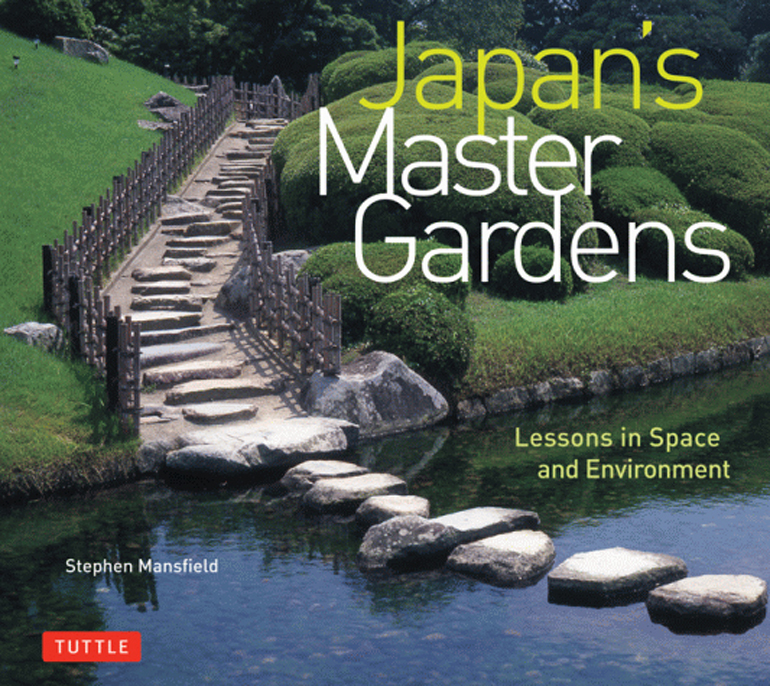
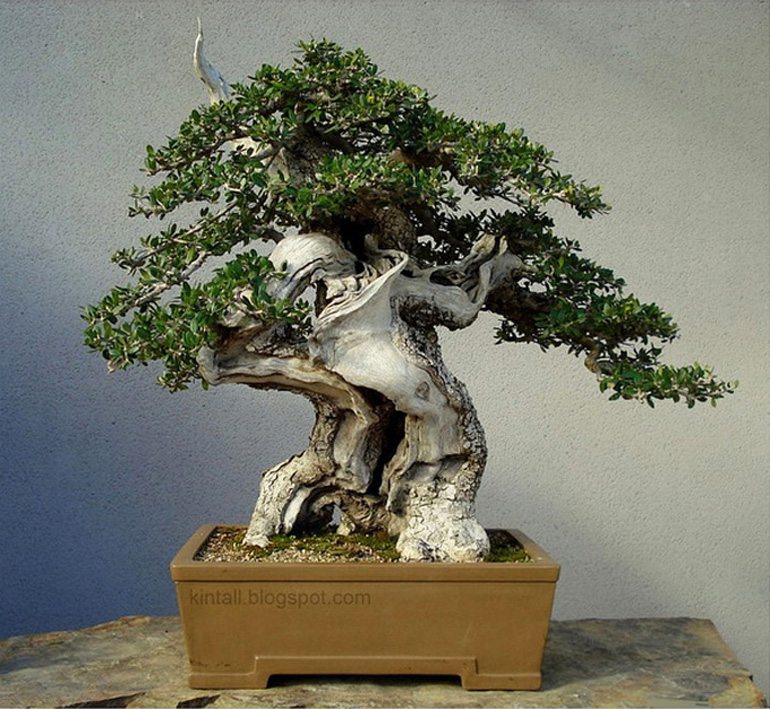 Old European olives are often full of character as well as muscle, and this one is no exception. I found it on flickr and then, as one thing led to another, I came to the conclusion that this tree belongs to
Old European olives are often full of character as well as muscle, and this one is no exception. I found it on flickr and then, as one thing led to another, I came to the conclusion that this tree belongs to 